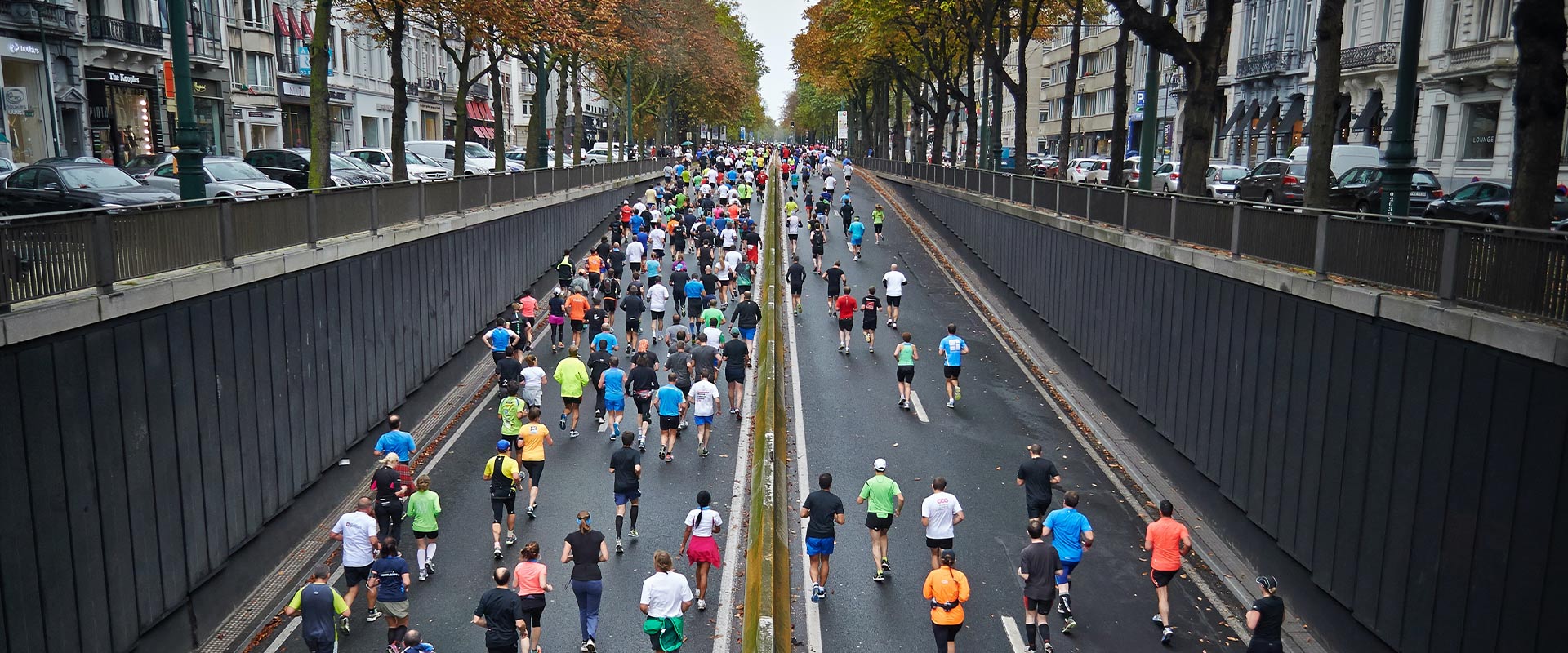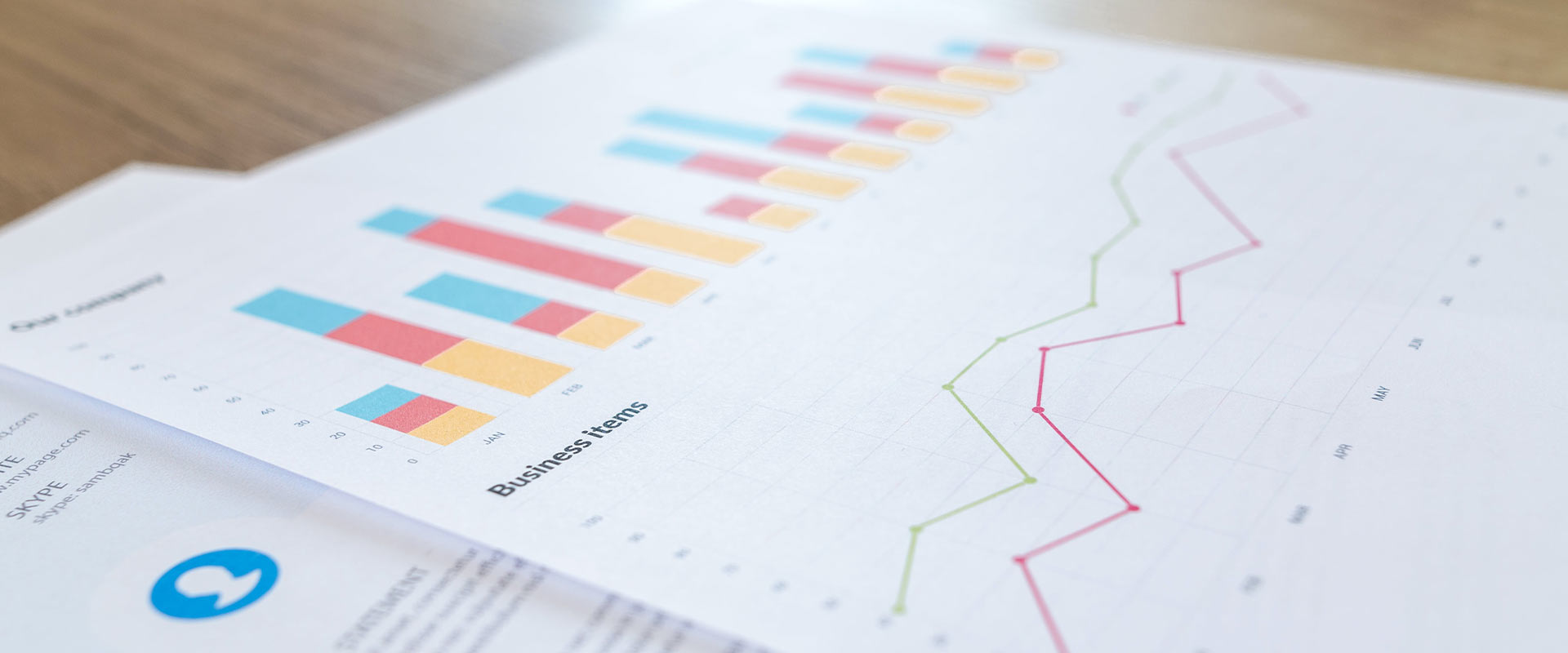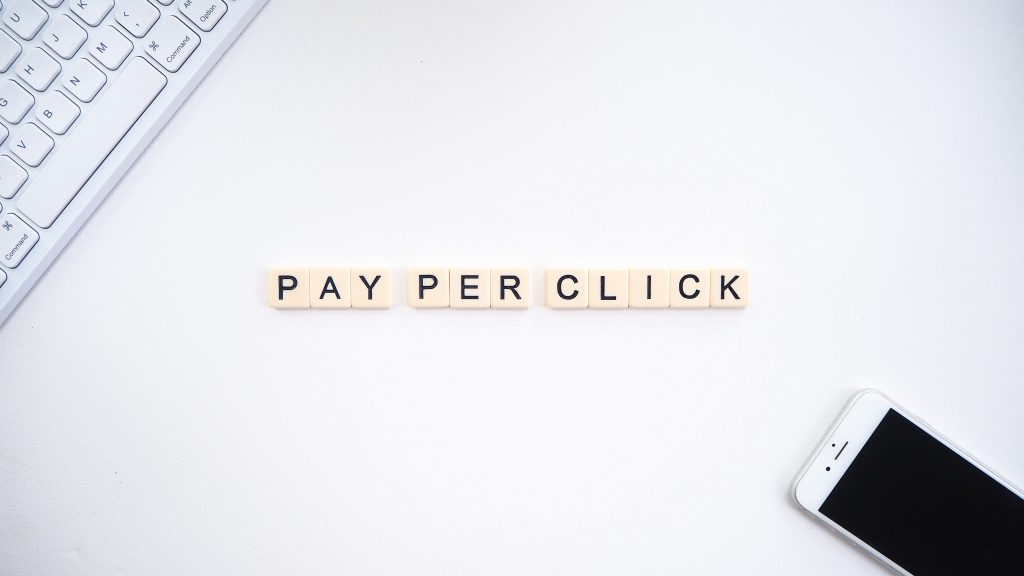Marketing mass participation events
Summer is in full swing, lockdown restrictions are fading into memory (hopefully for good), it’s recently been raining medals for Team GB with more sport to follow. Mass participation events are becoming a welcome return to many people’s calendars, be it as a chance to resume their pre-covid passions, or in a quest to shift some of the pandemic pounds, and with it brands and organisers alike are frantically dusting off their marketing plans.
Typically, many organisers have had to hang fire due to uncertainty of whether events can go ahead, if they’ll move, what limitations there may be etc., which falls in direct contrast with the three golden rules around starting marketing activation early to build anticipation:
- Selling most of your event tickets as early as possible. This means less reliance on last minute “flash sales”, which eventually devalues the brand and conditions the racer/participant to wait next time.
- Employing a pricing structure which underpins this strategy, making it more cost-effective for the racer to book early, rather than wait nearer to the race date. A key and clear CTA to promote and secure those early sales.
- Using first-party data from past-purchasers and pushing ads to encourage those that had signed up previously to book again and take advantage of early bird price incentives.
So with those tactics potentially out of the race, what other methods should marketers be employing to successfully promote their mass participation event?
Whilst not everyone at Space & Time is an elite athlete (I’m writing this with the assistance of an elasticated waist..), we’re a sporty bunch, with many dedicated fitness fans who regularly participate in organised events. Achievements cover the London, Brighton and Cardiff Marathon, Tough Mudder, too many 10k’s to count, sportives, organised mountain climbs, park runs, and triathlons, as well as regular runners and gym goers. One of our team even helped organise fundraising 10k races for her local primary school PTA! Understanding the mindset of the participant is equally important to our wealth of expertise in driving long-term advance awareness, site traffic and registrations.
So, drawing on our experience as consumers as well as our collective work (Spartan Race, Rugby World Cup, MoRunning, DNA Fit, Fulham FC, Run the River, and Formula E), lace up your trainers and let us take you on a participation event marketing best practice 10k….
Kilometre one: Knowing your target audience and understanding their key motivators/barriers.
You may well run multiple race types/disciplines, e.g. depending on difficulty. It’s important to understand that each race type typically has different types of racers (as far as experience and motivations were concerned):
- Motivator to lose weight and get fitter
- Personal challenge to themselves
- Fun and enjoyment with groups of friends
- Compete on a professional level against other elite participants
There are two important thing to consider here:
- The market size/potential between the different groups.
- How each group may respond to different marketing messages.
One type of message/creative won’t resonate to all these people at the same time. Brands will therefore need to split their messaging to appeal to these different groups, and crucially split their budgets to the races/audiences with the higher propensity to convert and become a long-term customer.
With different levels of participant experience across your events with different audience profiles, segmenting these out to decide which ones to target and subsequently position your messaging is crucial.
As an agency we invest disproportionally heavily into research tools and data, and this gives us a strong understanding of different audiences and their media consumption behaviour. Knowing just how to target them will be crucial to you, so make sure you leverage your agency partners to support you here as much as possible.
Kilometre two: The importance of geo-targeting
To maximise budget, it’s important to use data to zero in on the areas that produce the best results. Considerations like how far people are willing to travel to each race event can pave the way for creating hyper-local campaigns in key towns and cities. Localised messaging can also be used to call out the event venue and talk about some of the unique course features or participant support etc..
Kilometre three: Understanding the online user-journey and tracking online tickets sales back to channel activity.
Another key area to consider for large-scale events is if you use a third-party ticket supplier to secure bookings. This can have implications on the data coming through on Google Analytics, making it tough to clearly see what channel sources were contributing to conversions.
We therefore recommend accurate use of exclusions in GA to mitigate this issue and in order to attribute the conversions back to the channels that drove them, and allocate budget accordingly to drive ROAS.
Kilometre four: Utilising remarketing campaigns
Massively important for any other large scale event campaign. It is unlikely that a new potential customer is going to see an ad, click on it and convert first time. Proficient use of Google Analytics to examine the consideration periods and build remarketing campaigns allows the use of different messaging (from customer testimonials to obstacle details), to provide the user with as much information as they needed to move through the sales process.
Kilometre five: Tactically using sales promotions and after-event campaigns to push last minute sign-ups and encourage early sign ups for next year.
We know that one of the best times to promote subsequent events is soon after the participants complete their first one. If their experience was a good one then capitalising on a participant’s high and encouraging them to get their next medal, can be a powerful tool to secure forward bookings.
In addition, a good old-fashion sales promotion typically works well to drive those last-minute ticket sales when price-led with clear urgency (with a deadline!).
Kilometre six: Using user generated content.
Across all verticals (not just event marketing), we are seeing user-generated content out-perform most brand creatives on A/B split-tests now.
Whilst it can take a little time to gather, we would certainly recommend collating and utilising user generated content across your advertising campaigns, as this isn’t just a powerful creative resource, but a great incentive to drive customer engagement.
Kilometre seven: Experimenting with lead generation & messenger ads
Perhaps even more important now because of the recent iOS14 updates and Google’s forthcoming cookie changes, collecting first-party data in the form of email addresses offers an alternative strategy to just driving traffic to an event website.
It’s typically much cheaper to drive leads and then run conversion-based campaigns, and this allows for the email flows to pick-up and convert those customers.
This works well during times when there are no confirmed event dates or locations (something we’ve all coped with over the last year!), but we still want to build anticipation and collect leads for when those dates/locations are released.
Kilometre eight: Adding countdowns to search campaigns
From a tactical perspective, adding simple things like countdown timers on both the ads and the landing pages works well to evoke urgency and encourage sign ups.
Kilometre nine: Encouraging gamification (virtual races/events)
During quieter times, we recommend clients use virtual races and gamification to drive additional engagement for the brand. This also works well in lead generation and the creation of shareable UGC.
Kilometre ten: Fitness brand-based direct sales
In previous campaigns we’ve also worked with a number of direct sales brands, and there are some learnings from ecommerce DTC brand campaigns which can pay dividends on driving ticket sales for events.
This cross-brand learning allows us to test different messaging between the two and understand the fitness industry better. It can also lead to opportunities for collaboration, so don’t forget to keep up to date with which other brands are in your agency’s portfolio.
FINISH
Thanks for reading, and hopefully you found that useful! If you’d like to discuss a strategy for marketing mass participations events please get in touch.






